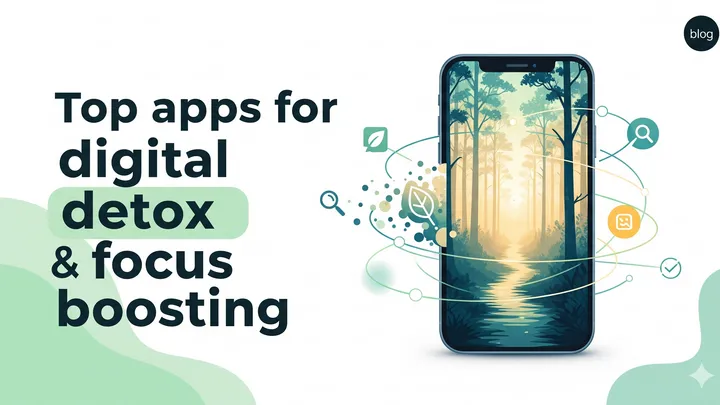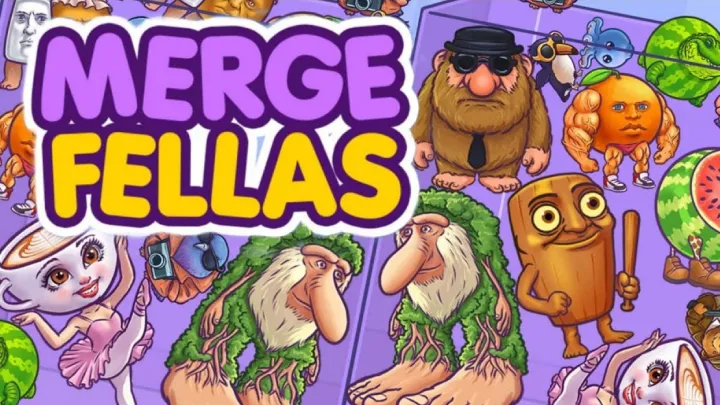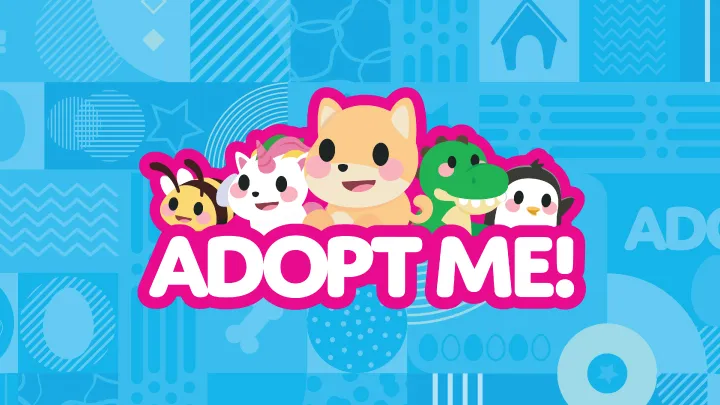Learning Japanese has always been a rewarding yet challenging journey. With the rise of technology and artificial intelligence, language learners now have access to innovative tools that make mastering Japanese more practical, engaging, and effective than ever before. In 2025, Japanese language learning apps are not only helping students understand grammar and vocabulary but also enhancing real-world conversation skills and cultural awareness. This article explores the top 10 Japanese language apps in 2025 that actually work, designed for beginners, intermediate learners, and advanced students who want to unlock fluency.
1. Duolingo Japanese 2025: Gamified Learning Evolved
Duolingo has been a household name in language learning, and in 2025, it has introduced advanced AI-driven personalization for Japanese learners. Unlike older versions, the app now adjusts difficulty levels dynamically, helping learners avoid frustration or boredom. Lessons are shorter but more immersive, ensuring that students stay consistent over time.
The app also includes conversation simulations with AI characters, giving learners the chance to practice Japanese in contexts such as shopping, traveling, or attending school in Tokyo. With streak rewards and badges, it continues to motivate learners through gamification while offering cultural notes that deepen understanding.
Highlights:
- Short, engaging lessons tailored to your skill level
- Interactive conversation simulations with AI avatars
- Gamified rewards for motivation and consistency
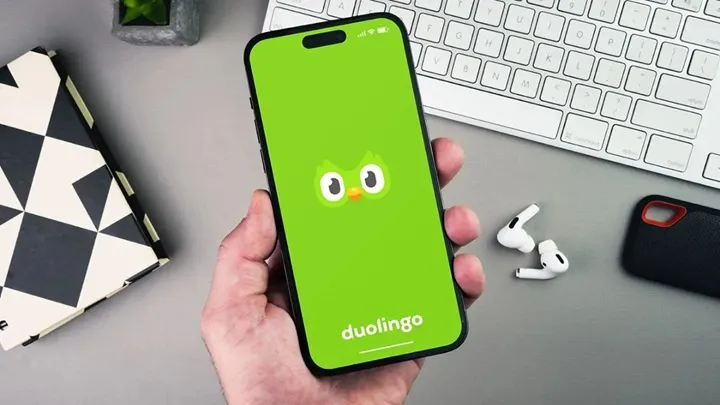
2. LingoDeer Pro: The Grammar Powerhouse
LingoDeer has always been strong in Asian languages, and the 2025 Pro edition cements its place as a grammar-focused Japanese app. It helps learners understand sentence structures, particles, and verb conjugations through interactive drills that mimic classroom instruction. The app is particularly helpful for learners struggling with the complexity of kanji.
LingoDeer Pro now integrates handwriting recognition, allowing learners to practice kanji directly on their screen and receive instant feedback. This tactile practice makes it ideal for students who want to pass JLPT exams or achieve literacy beyond basic conversation.
Best for:
- Grammar-heavy learners preparing for JLPT levels
- Students who want kanji writing practice with recognition tools
- Structured progression for serious learners
3. Rosetta Stone Immersive Japanese 2025
Rosetta Stone remains one of the pioneers in immersive learning, and in 2025, it has revamped its Japanese program with voice recognition powered by AI. This ensures pronunciation is near-native by analyzing tones, pitch, and intonation—essential elements in speaking Japanese fluently.
The app has expanded cultural modules, introducing learners to Japanese etiquette, history, and pop culture references. This holistic approach helps learners not only master the language but also navigate Japanese society confidently.
Why choose Rosetta Stone:
- Immersive "no-translation" learning method
- Advanced AI speech recognition
- Strong focus on cultural integration
4. Tandem: Connecting With Native Speakers
Tandem remains a favorite for conversational practice in 2025. It pairs learners with native Japanese speakers for real-time text, audio, and video chats. The app also includes built-in correction tools, allowing native speakers to edit your sentences while you learn in context.
With improved AI translation and safety monitoring, Tandem ensures learners get authentic practice while staying secure. This makes it perfect for learners who want to bridge the gap between textbook Japanese and real-world communication.
5. HelloTalk Japanese: Social Language Learning
HelloTalk takes social networking and language learning to the next level in 2025. The app allows learners to post updates in Japanese, interact with native speakers, and join community-based language challenges. Unlike Tandem, HelloTalk feels more like a mini social network for language learners.
Features like "Voice Rooms" allow learners to join group conversations, practice casual speaking, and get corrections from multiple people. For learners who thrive in social settings, HelloTalk provides constant engagement with Japanese culture and language.
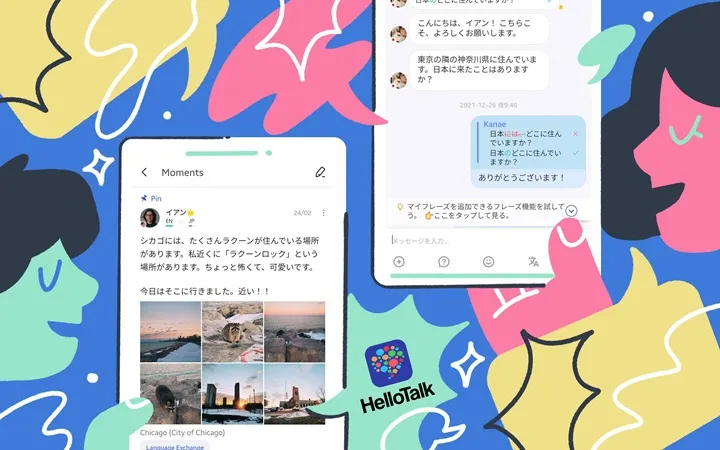
6. Busuu Japanese: Smart Study Plans
Busuu has enhanced its Japanese learning experience by integrating AI-powered personalized study plans in 2025. It assesses a learner’s goals—such as passing JLPT, improving travel conversation, or business communication—and builds a tailored curriculum with reminders and checkpoints.
The app also integrates with global communities, allowing learners to submit writing exercises for corrections from native speakers. With this combination of structured study and peer feedback, Busuu helps learners progress steadily toward fluency.
7. Mondly VR: Japanese in Virtual Reality
In 2025, Mondly has taken immersive learning to the next level with VR integration. Learners can now practice Japanese inside virtual environments such as airports, restaurants, and classrooms. This simulation-based approach makes language learning feel more natural and less abstract.
Mondly VR is particularly useful for learners preparing for real-life scenarios like traveling to Japan or working in Japanese companies. The VR experience bridges the gap between theory and practice, boosting confidence in real-world interactions.
8. Memrise AI Japanese: Learning Through Context
Memrise’s strength has always been its use of real-world videos, and in 2025, its AI-powered system curates personalized lessons based on user progress. Learners see how Japanese is spoken in streets, cafes, and media, ensuring that the vocabulary learned is practical and relevant.
The AI suggests review sessions at optimal times to reinforce memory, a technique based on spaced repetition science. For visual and auditory learners, Memrise remains one of the most engaging and effective Japanese apps available.
9. Pimsleur Japanese 2025: Audio Mastery
Pimsleur continues to dominate audio-based language learning. In 2025, the app has added interactive audio quizzes and voice recognition that allows learners to respond naturally in Japanese. It emphasizes conversation and listening comprehension, making it perfect for auditory learners.
For people who commute or prefer hands-free learning, Pimsleur offers structured 30-minute daily lessons that build fluency over time. It’s less flashy than gamified apps but highly effective for serious learners.
10. JLPT Official App: Exam-Focused Learning
For learners aiming to pass the Japanese-Language Proficiency Test (JLPT), the official JLPT app in 2025 is the ultimate tool. It offers mock tests, vocabulary lists, grammar explanations, and listening exercises tailored to each exam level.
With integrated progress tracking and personalized study plans, the app ensures learners cover all aspects of the exam without wasting time on irrelevant content. It’s a must-have for students who want structured preparation for formal certification.
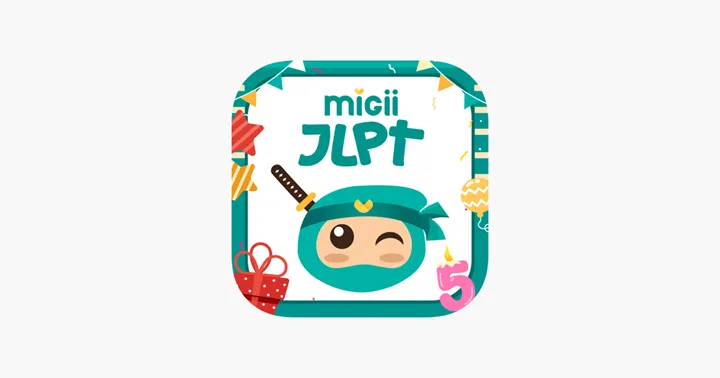
Conclusion
Mastering Japanese in 2025 has become more accessible, engaging, and effective thanks to the rise of AI-powered and socially integrated apps. Whether you prefer gamified learning, grammar drills, real-world conversation practice, or exam preparation, there’s an app tailored to your goals. From Duolingo’s gamification to JLPT’s official app, these tools prove that technology can break down barriers in language learning. If you are serious about learning Japanese, combining two or three of these apps will provide you with a balanced, holistic approach that leads to lasting fluency.













